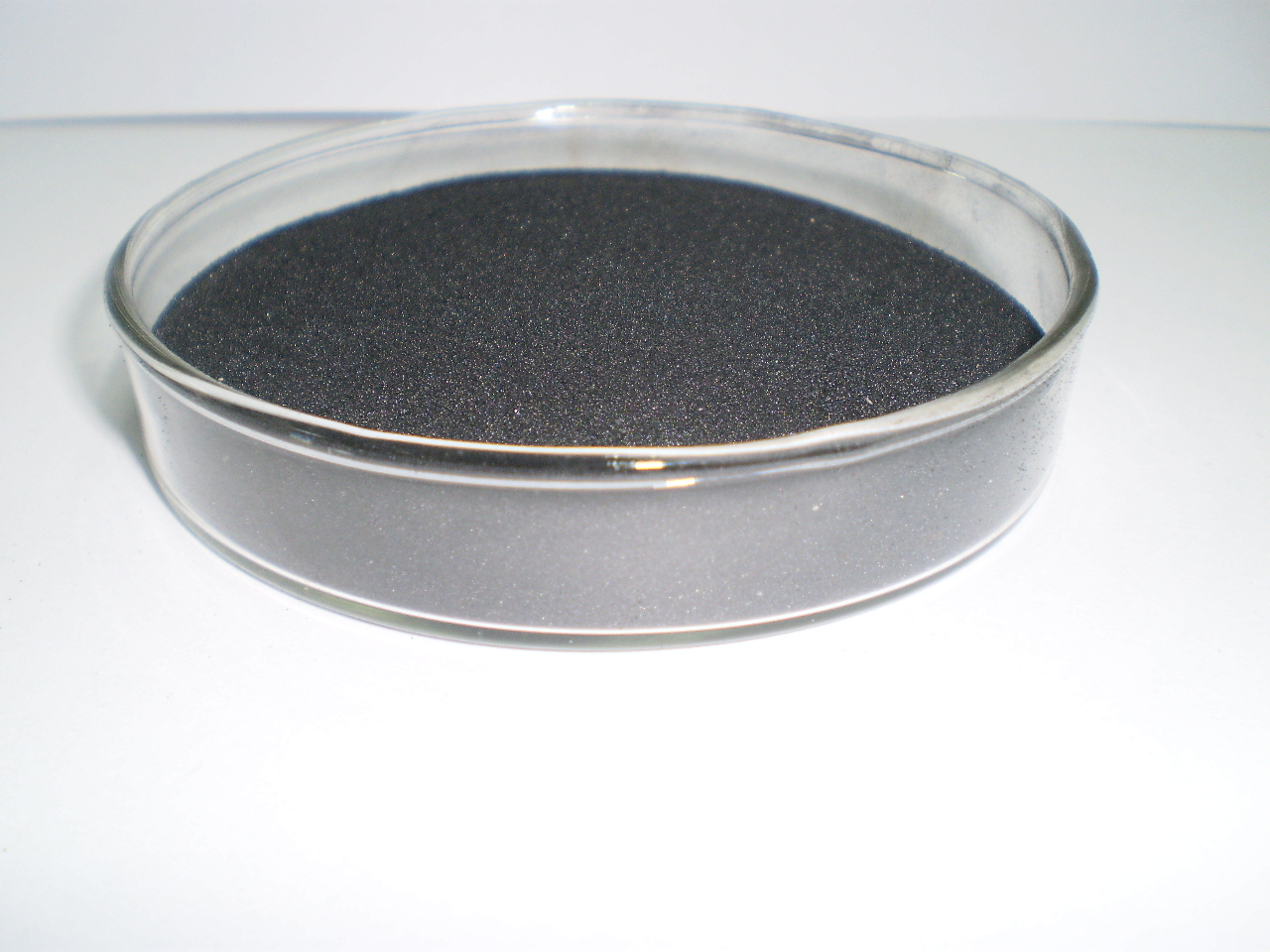potassium humate physiological effects as following:
Strengthen breathing
Some people call potassium humate as a “breathing fertilizer.” It is generally considered that, because of its structure containing phenol and hydrazine in its molecule, it can be a carrier of hydrogen and an activator of oxygen. Form a redox system that can deliver electrons and promote respiration.
Promote the absorption and transportation of mineral elements
Potassium humate can form complexes or chelates with polyvalent metal ions through the oxygen-containing functional groups on its molecular side chains, which can activate various metal elements in the soil, especially trace elements, and make them Never used state to become available. Therefore, it is easily absorbed and transported by plants.
Can increase the chlorophyll content in leaves
This is a very intuitive effect. Any crop that uses potassium humate can clearly see that the crop is greener. Due to the increase in chlorophyll, it naturally increases the photosynthesis of plants and can synthesize more carbohydrates.
Regulate water metabolism
The most obvious is that the pores on the leaves become smaller after application of potassium humate , which reduces water transpiration and has drought resistance.
Can promote the metabolism of sugars, nucleic acids and proteins
Application of potassium humate can improve crop quality. There are many reports such as tobacco leaves, vegetables and fruits.
It has the function of growth regulation or similar plant hormones, and the most obvious is to promote rooting, green preservation, anti-aging and so on.
These physiological effects of potassium humate indicate that, as a class of substances, it can effectively regulate the physiological metabolism and growth of plants, and provide a biological basis for promoting high yield of crops.










